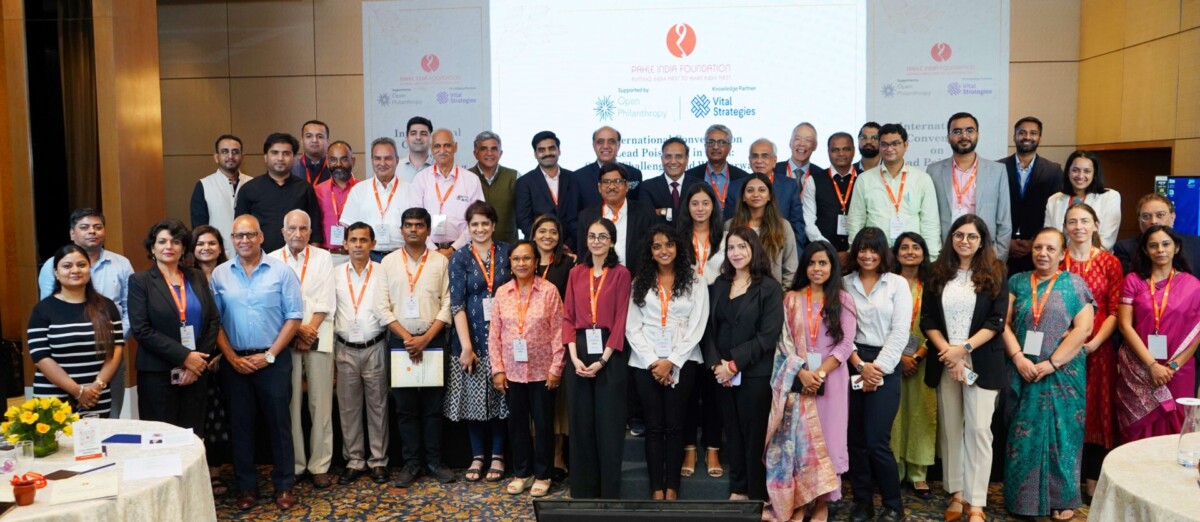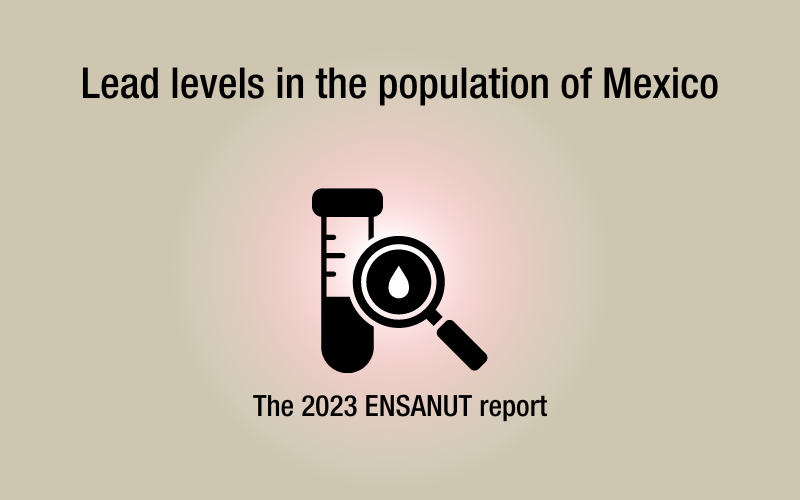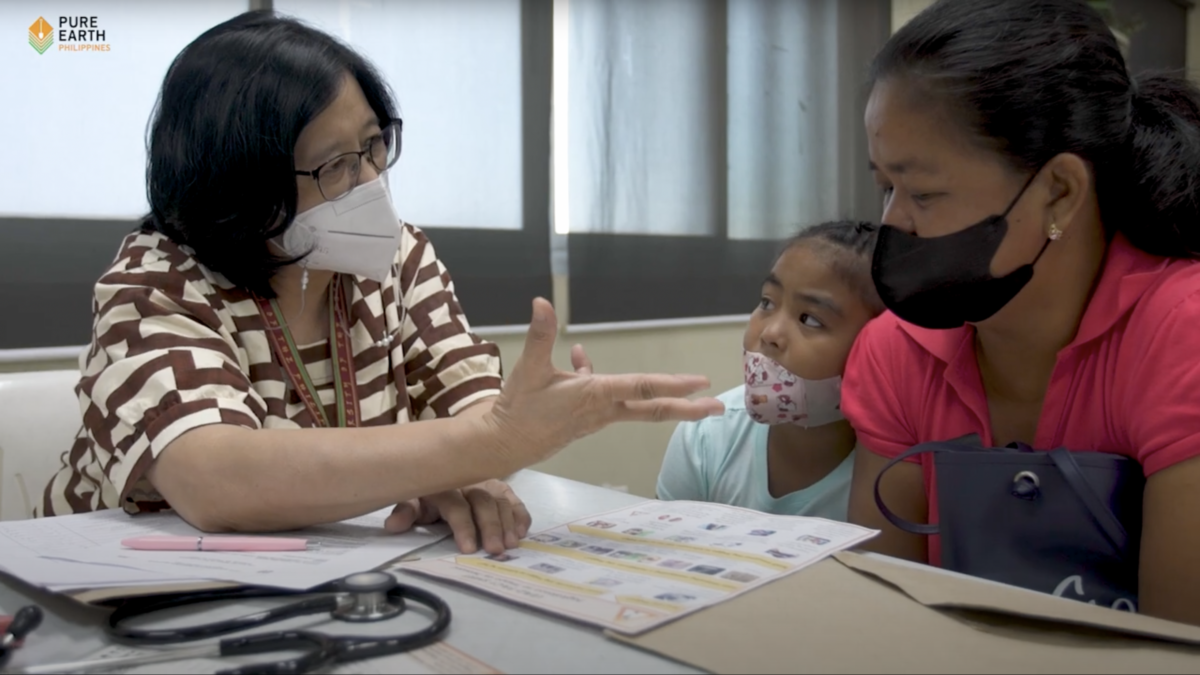When an American plane went down in North Vietnam during the war, the story goes that a villager knew how to smelt down the plane for valuable aluminum. And that was how the aluminum village began. Today, it is one of thousands of “craft” villages that dot the Vietnamese landscape.
More like factory collectives, each village focuses on the manufacture of one product — such as aluminum, copper or lead — in an informal, cottage industry-type setting. When Blacksmith visited the aluminium village in Nam-Dinh province recently, we saw that every family had a smelter in their backyard. [Photo: A backyard smelter]
These craft villages are like decentralized factories – hundreds of families are involved in the same industry.
“It’s pretty amazing. These craft villages are like decentralized factories – hundreds of families are involved in the same industry. Scrap metal comes in from Hanoi in the morning and is shipped out in the evening as clean ingots to China,” says Bret Ericson, program director, Blacksmith’s Global Toxic Sites Identification Program.
“There is a very real health risk that needs to be addressed without hurting vulnerable livelihoods.”
Now, Blacksmith is working with the Vietnamese government to begin the process of assessing the health risks and levels of contamination at these villages, which are polluted with toxic fumes and particles released during the daily manufacturing process.
Bret conducted a workshop in Vietnam earlier this month to train local officials in Blacksmith’s site assessment protocol, which will be used by the Vietnamese government to build a national inventory of craft villages. This is part of an ongoing effort, between Blacksmith and the highest levels of the Vietnamese government, to move this ambitious project forward.





